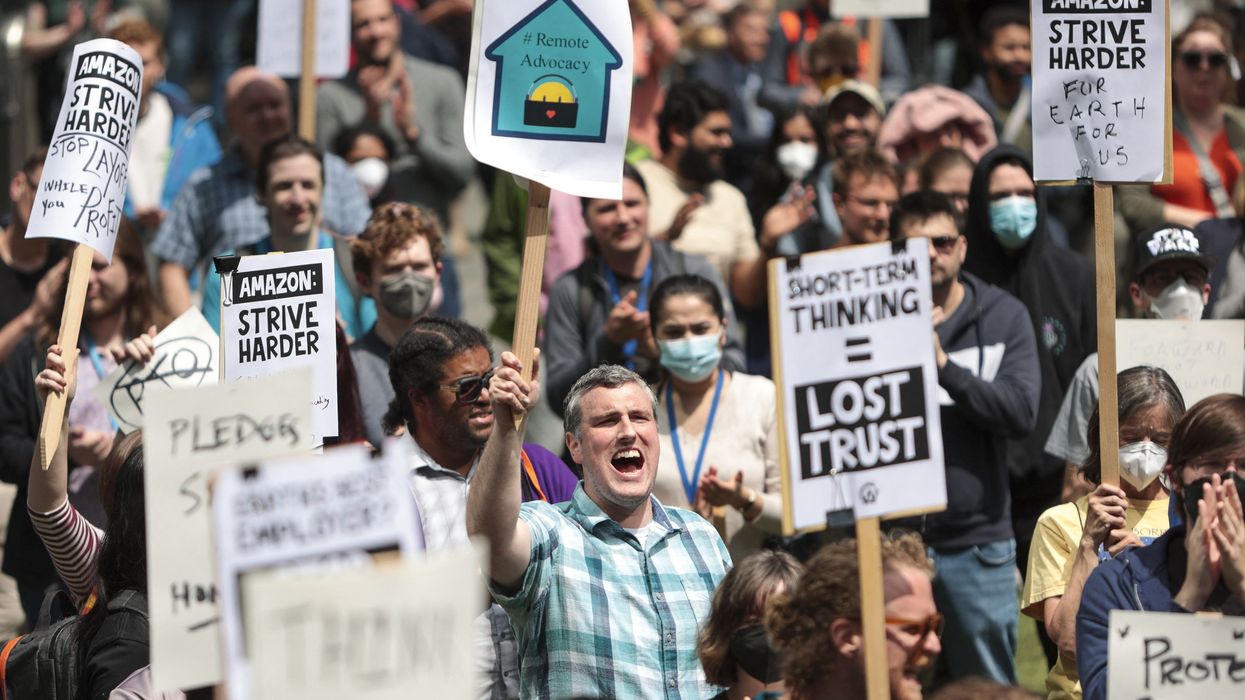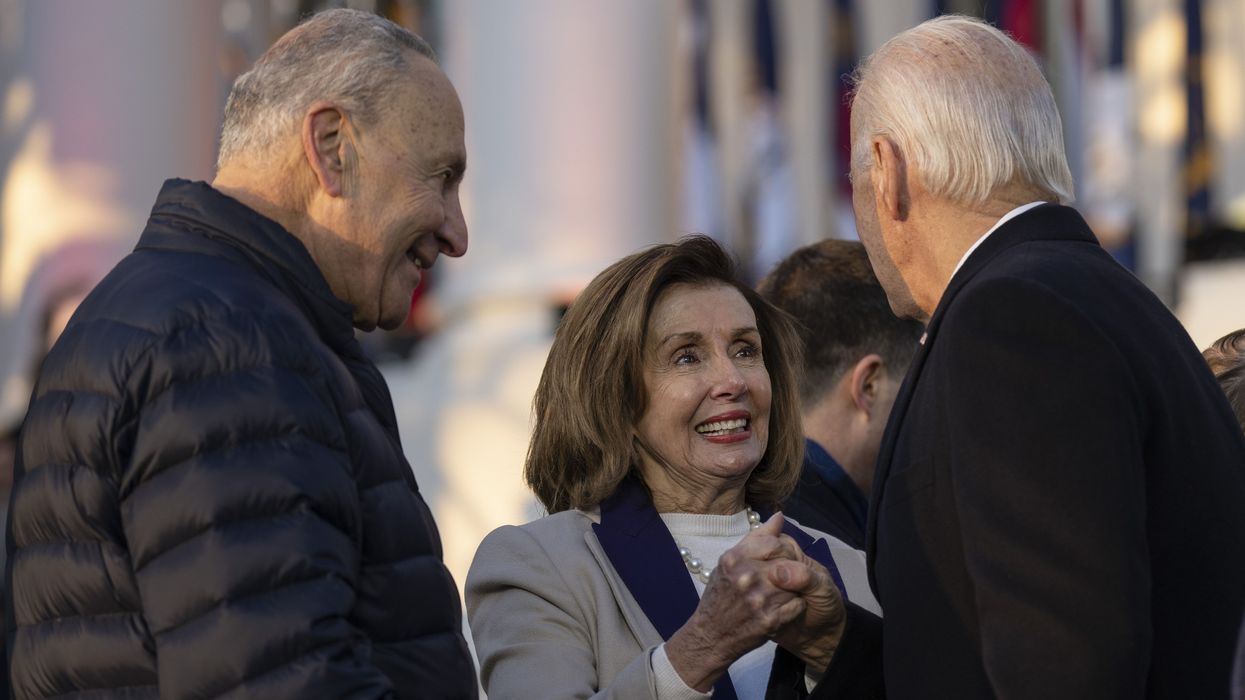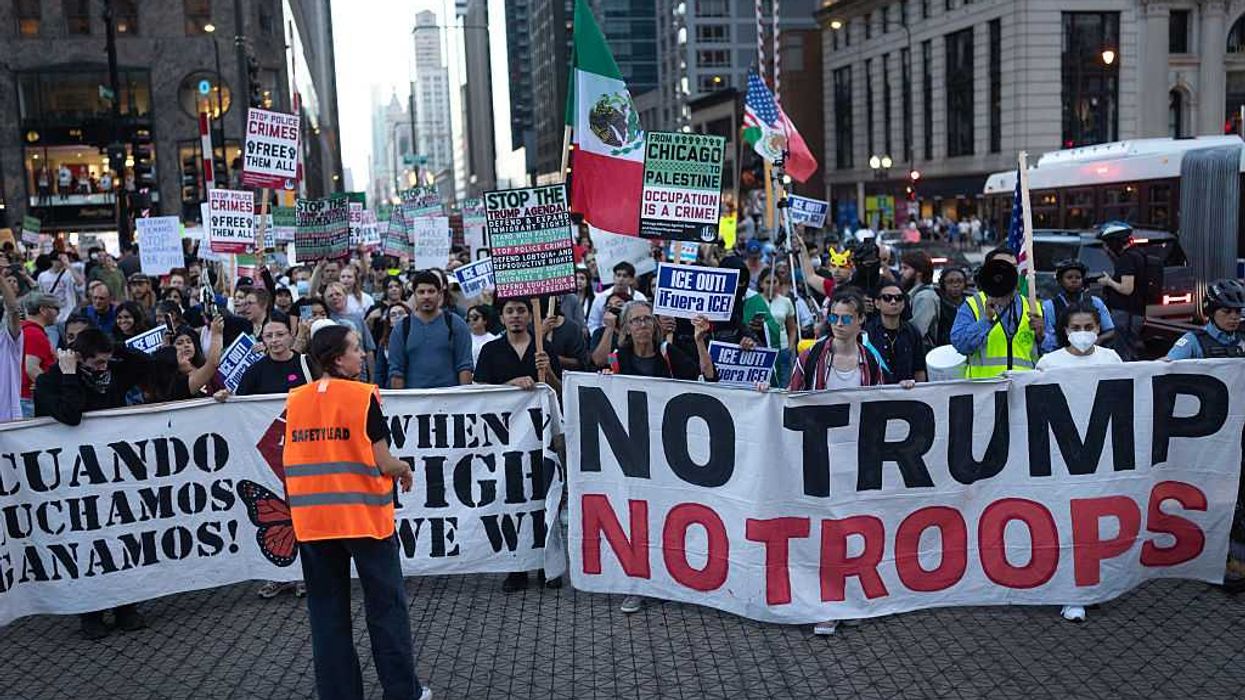While “income inequality” is now a familiar phrase, media coverage and political rhetoric routinely disconnect victims from their victimizers. Human-interest stories and speechifying might lament or deplore common predicaments, but their storylines rarely connect the destructive effects of economic insecurity with how corporate power plunders social resources and fleeces the working class. Yet the results are extremely far-reaching.
“We have the highest rate of childhood poverty and senior poverty of any major country on earth,” Senator Bernie Sanders has pointed out. “You got half of older workers have nothing in the bank as they face retirement. You got a quarter of our seniors trying to get by on $15,000 a year or less.”
Such hardship exists in tandem with ever-greater opulence for the few, including this country’s 800 billionaires. But standard white noise mostly drowns out how government policies and the overall economic system keep enriching the already rich at the expense of people with scant resources.
This year, while Donald Trump and Republican legislators have been boosting oligarchy and slashing enormous holes in the social safety net, Democratic leaders have seemed remarkably uninterested in breaking away from the policy approaches that ended up losing their party the allegiance of so many working-class voters. Those corporate-friendly approaches set the stage for Trump’s faux “populism” as an imagined solution to the discontent that the corporatism of the Democrats had helped usher in.
While offering a rollback to pre-Trump-2.0 policies, the current Democratic leadership hardly conveys any orientation that could credibly relieve the economic distress of so many Americans. The party remains in a debilitating rut, refusing to truly challenge the runaway power of corporate capitalism that has caused ever-widening income inequality.
“Opportunity” as a Killer Ideology
The Democratic Party establishment now denounces President Trump’s vicious assaults on vital departments and social programs. Unfortunately, three decades ago it cleared a path that led toward the likes of the DOGE wrecking crew. A clarion call in that direction came from President Bill Clinton when, in his 1996 State of the Union address, he exulted that “the era of big government is over.”
Clinton followed those instantly iconic words by adding, “We cannot go back to the time when our citizens were left to fend for themselves.” Like the horse he rode into Washington — the Democratic Leadership Council (DLC), which he cofounded — Clinton advocated a “third way,” distinct from both liberal Democrats and Republican conservatives. But when his speech called for “self-reliance and teamwork” — and when, on countless occasions throughout the 1990s he invoked the buzzwords “opportunity” and “responsibility” — he was firing from a New Democrat arsenal that all too sadly targeted “handouts” and “special interests” as obsolete relics of the 1930s New Deal and the 1960s Great Society.
The seminal Clintonian theme of “opportunity” — with little regard for outcome — aimed at a wide political audience. In the actual United States, however, touting opportunity as central to solving the problems of inequity obscured the huge disparities in real-life options. In theory, everyone was to have a reasonable chance; in practice, opportunity was then (and remains) badly skewed by economic status and race, beginning as early as the womb. In a society so stratified by class, “opportunity” as the holy grail of social policy ultimately leaves outcomes to the untender mercies of the market.
Two weeks before Clinton won the presidency, the newsweekly Time reported that his “economic vision” was “perhaps best described as a call for a We decade; not the old I-am-my-brother’s-keeper brand of traditional Democratic liberalism.” Four weeks later, the magazine showered the president-elect with praise: “Clinton’s willingness to move beyond some of the old-time Democratic religion is auspicious. He has spoken eloquently of the need to redefine liberalism: the language of entitlements and rights and special-interest demands, he says, must give way to talk of responsibilities and duties.”
Clinton and the DLC insisted that government should smooth the way for maximum participation in the business of business. While venerating the market, the New Democrats were openly antagonistic toward labor unions and those they dubbed “special interests,” such as feminists, civil-rights activists, environmentalists, and others who needed to be shunted aside to fulfill the New Democrat agenda, which included innovations like “public-private partnerships,” “empowerment zones,” and charter schools.
Taking the Government to Market
While disparaging advocates for the marginalized as impediments to winning the votes of white “moderates,” the New Democrats tightly embraced corporate America. I still have a page I tore out of Time magazine in December 1996, weeks after Clinton won reelection. The headline said: “Ex-Investment Bankers and Lawyers Form Clinton’s Economic Team. Surprise! It’s Pro-Wall Street.”
That was the year when Clinton and his allies achieved a longtime goal — strict time limits for poor women to receive government assistance. “From welfare to work” became a mantra. Aid to Families with Dependent Children was out and Temporary Assistance for Needy Families was in. As occurred three years earlier when he was able to push NAFTA through Congress only because of overwhelming Republican support, Democratic lawmakers were divided and Clinton came to rely on overwhelming GOP support to make “welfare reform” possible.
The welfare bill that he gleefully signed in August 1996 was the flip side of his elite economic team’s priorities. The victims of “welfare reform” would soon become all too obvious, while their victimizers would remain obscured in the smoke blown by cheerleading government officials, corporate-backed think tanks, and mainstream journalists. When Clinton proclaimed that such landmark legislation marked the end of “welfare as we know it,” he was hailing the triumph of a messaging siege that had raged for decades.
Across much of the country’s media spectrum, prominent pundits had long been hammering away at “entitlements,” indignantly claiming that welfare recipients, disproportionately people of color, were sponging off government largesse. The theme was a specialty of conservative columnists like Charles Krauthammer, John Leo, and George Will (who warned in November 1993 that the nation’s “rising illegitimacy rate… may make America unrecognizable”). But some commentators who weren’t right-wing made similar arguments, while ardently defaming the poor.
Newsweek star writer Joe Klein often accused inner-city Black people of such defects as “dependency” and “pathology.” Three months after Clinton became president, Klein wrote that “out-of-wedlock births to teenagers are at the heart of the nexus of pathologies that define the underclass.” The next year, he intensified his barrage. In August 1994, under the headline “The Problem Isn’t the Absence of Jobs, But the Culture of Poverty,” he peppered his piece with phrases like “welfare dependency,” while condemning “irresponsible, antisocial behavior that has its roots in the perverse incentives of the welfare system.”
Such punditry was unconcerned with the reality that, even if they could find and retain employment while struggling to raise families, what awaited the large majority of the women being kicked off welfare were dead-end jobs at very low wages.
A Small Business Shell Game
During the 1990s, Bill and Hillary Clinton fervently mapped out paths for poor women that would ostensibly make private enterprise the central solution to poverty. A favorite theme was the enticing (and facile) notion that people could rise above poverty by becoming entrepreneurs.
Along with many speeches by the Clintons, some federal funds were devoted to programs to help lenders offer microcredit so that low-income people could start small enterprises. Theoretically, the result would be both well-earning livelihoods and self-respect for people who had pulled themselves out of poverty. Of course, some individual success stories became grist for upbeat media features. But as the years went by, the overall picture would distinctly be one of failure.
In 2025, politicians continue to laud small business ventures as if they could somehow remedy economic ills. But such endeavors aren’t likely to bring long-term financial stability, especially for people with little start-up money to begin with. Current figures indicate that one-fifth of all new small businesses fail within the first year and the closure rate only continues to climb after that. Fifty percent of small businesses fail within five years and 65 percent within 10 years.
Promoting the private sector as the solution to social inequities inevitably depletes the public sector and its capacity to effectively serve the public good. Three decades after the Clinton presidency succeeded in blinkering the Democratic vision of what economic justice might look like, the party’s leaders are still restrained by assumptions that guarantee vast economic injustice — to the benefit of those with vast wealth.
“Structural problems require structural solutions,” Bernie Sanders wrote in a 2019 op-ed piece, “and promises of mere ‘access’ have never guaranteed black Americans equality in this country… ‘Access’ to health care is an empty promise when you can’t afford high premiums, co-pays or deductibles. And an ‘opportunity’ for an equal education is an opportunity in name only when you can’t afford to live in a good school district or to pay college tuition. Jobs, health care, criminal justice and education are linked, and progress will not be made unless we address the economic systems that oppress Americans at their root.”
But addressing the root of economic systems that oppress Americans is exactly what the Democratic Party leadership, dependent on big corporate donors, has rigorously refused to do. Looking ahead, unless Democrats can really put up a fight against the pseudo-populism of the rapacious and fascistic Trump regime, they are unlikely to regain the support of the working-class voters who deserted them in last year’s election.
During this month’s federal government shutdown, Republicans were ruthlessly insistent on worsening inequalities in the name of breaking or shaking up the system. Democrats fought tenaciously to defend Obamacare and a health-care status quo that still leaves tens of millions uninsured or underinsured, while medical bills remain a common worry and many people go without the care they need.
“We must start by challenging the faith that public policy, private philanthropy, and the culture at large has placed in the market to accomplish humanitarian goals,” historian Lily Geismer has written in her insightful and deeply researched book Left Behind. “We cannot begin to seek suitable and sustainable alternatives until we understand how deep that belief runs and how detrimental its consequences are.”
The admonitions in Geismer’s book, published three years ago, cogently apply to the present and future. “The best way to solve the vexing problems of poverty, racism, and disinvestment is not by providing market-based microsolutions,” she pointed out. “Macroproblems need macrosolutions. It is time to stop trying to make the market do good. It is time to stop trying to fuse the functions of the federal government with the private sector… It is the government that should be providing well-paying jobs, quality schools, universal childcare and health care, affordable housing, and protections against surveillance and brutality from law enforcement.”
Although such policies now seem a long way off, clearly articulating the goals is a crucial part of the struggle to achieve them. Those who suffer from the economic power structure are victims of a massively cruel system, being made steadily crueler by the presidency of Donald Trump. But progress is possible with clarity about how the system truly works and the victimizers who benefit from it.


